Lyme Village: Pioneer Days


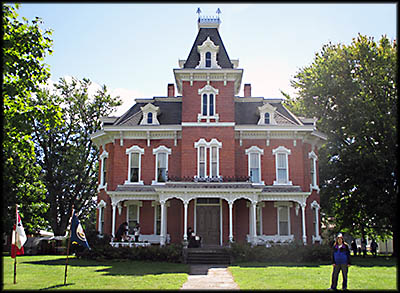

Wagons
Wright Mansion
Church
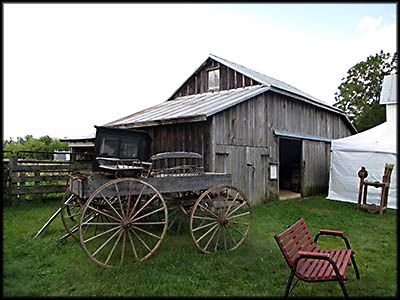
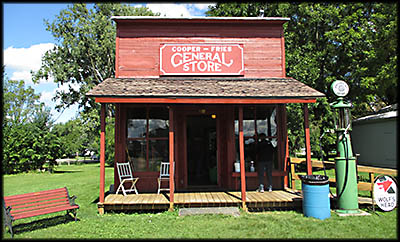
General Store
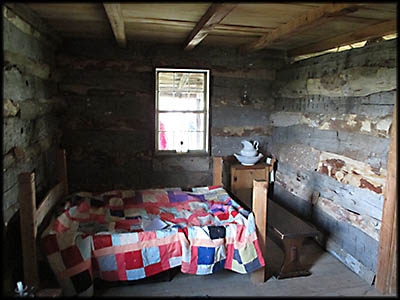
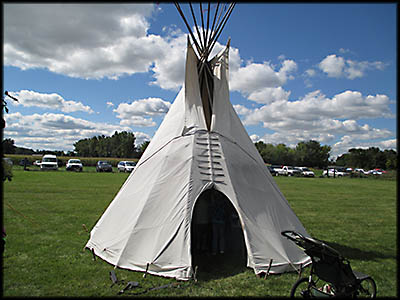
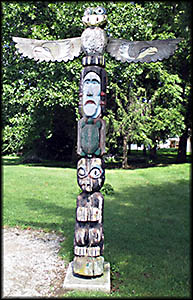
Ohio Native Americans did not use teepees nor build totem poles.
Despite living just a few miles from it, I haven’t visited Lyme Village in well over thirty years, mainly because I’d always disliked the fact it consists of a hodgepodge of historic buildings from different eras that give it a schizophrenic feel more likely to confuse visitors rather than inform them. Upon seeing a sign advertising the upcoming annual special event Pioneer Days, I decided to give it another try, figuring this might make the visit a bit more interesting if nothing else. This three day event attracts a number of historical re-enactors as well as vendors of hand-crafted items who set up tents between the village’s buildings to entertain, inform, and sell goods to visitors.
Lyme Village in its current form never existed as a real place, although a settlement once stood on its location. This living museum began, according to its website, “in 1972 when the Historic Lyme Church Association was started in the Lyme Congregational Church to preserve the history of Lyme Township and the surrounding area.” It stands on the corner of State Routes 4 and 113 and contains several small museums, stores, log cabins, barns, and a couple of houses.
Lyme Village in its current form never existed as a real place, although a settlement once stood on its location. This living museum began, according to its website, “in 1972 when the Historic Lyme Church Association was started in the Lyme Congregational Church to preserve the history of Lyme Township and the surrounding area.” It stands on the corner of State Routes 4 and 113 and contains several small museums, stores, log cabins, barns, and a couple of houses.
Of this last category, the largest is a gabled mansion once owned by John Wright. It’s supposedly haunted, so if they haven’t already done so, I suggest one of those ghost hunting television shows come here so they can fail to find any evidence of the afterlife like everywhere else they’ve gone to. I first visited the house while on a fourth grade field trip. Obsessed at the time with secret passages (too much Scooby Doo, I think), I remember asking if the house had any of these. It did, although, to my disappointment, we weren’t allowed to go through them.
As one would expect, much has changed since last I stopped at Lyme Village. Additions include some new buildings and a nice visitor’s center that houses a gift shop and the National Postmark Collectors Museum and Research Center (more on that later). While Lyme Village still contains a hodgepodge of historic buildings from different eras, I found the volunteers working in them exceptionally knowledgeable and happy to answer questions. Despite my preconceived criticisms, I couldn’t help but like what I saw and those with whom I interacted, although a few things just plain baffled me. What, for example, is a totem pole doing standing beside the General Store? And why did some of the reennactors come with teepees? The Native Americans who lived in Ohio had neither.
As one would expect, much has changed since last I stopped at Lyme Village. Additions include some new buildings and a nice visitor’s center that houses a gift shop and the National Postmark Collectors Museum and Research Center (more on that later). While Lyme Village still contains a hodgepodge of historic buildings from different eras, I found the volunteers working in them exceptionally knowledgeable and happy to answer questions. Despite my preconceived criticisms, I couldn’t help but like what I saw and those with whom I interacted, although a few things just plain baffled me. What, for example, is a totem pole doing standing beside the General Store? And why did some of the reennactors come with teepees? The Native Americans who lived in Ohio had neither.
While the event is called Pioneer Days, not all of the reennactors who came portrayed them. I saw Civil War and Revolutionary War soldiers, a few fur trappers (or maybe mountain men) as well as Abraham Lincoln and a feisty Benjamin Franklin. This last fellow dwelled in a tent decorated to look as if it were a house. When I asked about this, he informed me he was a colonel and would most certainly bring such luxuries with him on a campaign. I’d never heard of Franklin ever doing any military service, so I looked it up. Sure enough, he had received a commission for colonel from the Pennsylvania militia and had personally gone into the field to help set up a series of ad-hock forts to use as a defense against potential French invaders during the Seven Years’ War. So kudos to this particular Ben Franklin: he did his research!
Of the Civil War reennactors, I thought those who decided to portray Confederate soldiers a peculiar choice considering Ohio was a Union state that produced some of the war’s greatest northern generals, including Grant, Sherman, and McPherson. One of rebel tents displayed four different Confederate flags, the first being the battle flag and others the three official ones used by the Confederacy during its limited time as an independent nation. The man who had explained this to me went on to insist that these flags represented history and honored those who had died rather than symbolizing racism. He further informed me the war had been fought over economics and politics, not slavery.
Of the Civil War reennactors, I thought those who decided to portray Confederate soldiers a peculiar choice considering Ohio was a Union state that produced some of the war’s greatest northern generals, including Grant, Sherman, and McPherson. One of rebel tents displayed four different Confederate flags, the first being the battle flag and others the three official ones used by the Confederacy during its limited time as an independent nation. The man who had explained this to me went on to insist that these flags represented history and honored those who had died rather than symbolizing racism. He further informed me the war had been fought over economics and politics, not slavery.

It amazes me that a war that ended in 1865 can still spark impassioned debate to this day, but that’s what happened. The rebel reennactor did not take it kindly when I told him that if you took slavery out of the equation, none of the Southern states would have seceded. I explained that in the years after the war, the Confederacy’s leaders, realizing slavery was morally indefensible, started rewriting their own history and changing their original motives to take slavery out of the equation. When I realized he and his companion were having none of that, I desisted and moved on. Some Americans can’t get this through their thick heads that the Confederate flag represents the dehumanization to African-Americans, and that flying it is as offensive to them as putting up Nazi flags in Israel would to be Jews.
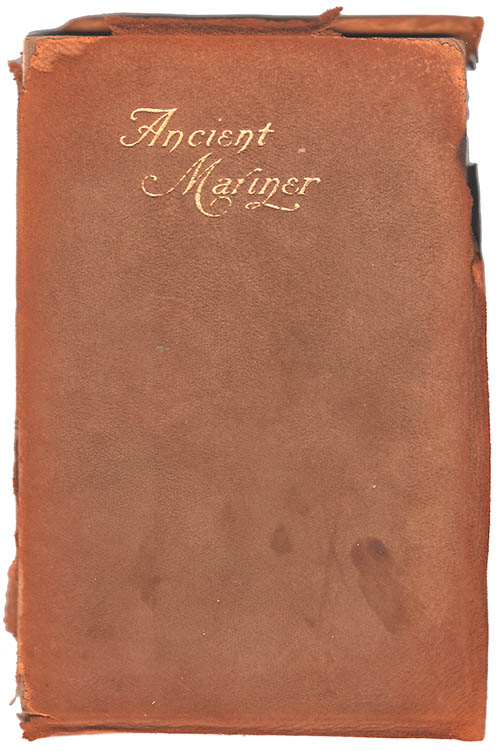
One of the vendors sold used books from whom I bought this leather bound gem. It is an annotated edition of Samuel T. Coleridge’s Rime of the Ancient Mariner published by Thomas Y. Cromwell of New York in 1910. Online I found copies from this publisher from that year, but none had a leather cover.
I had better luck with the Civil War reennactors representing the Union. One tent brought attention to the fact that many women had served in the war, some as them as soldiers disguised as men. I really like this tent and those within it because they showed that women participated in the Civil War far more than they ever get credit for, often having had to make greater sacrifices than men.
On my way out of the village, my traveling companion and I stopped in the National Postmark Collectors Museum and Research Center, which I didn’t know was there and must admit didn’t care much about because I’ve never gotten all that excited about postmarks or stamps. Still, my traveling companion and I wanted to take a peek. One of those working there gave us a quick during which we received a brief history of postmarks (they came before the introduction of the stamp) and learned about postmark collecting and the fact that men tend to collect stamps and women postmarks. I can’t say this sparked a sudden desire in me to start collecting and researching them, but I quite enjoyed our little tour all the same.🕜
On my way out of the village, my traveling companion and I stopped in the National Postmark Collectors Museum and Research Center, which I didn’t know was there and must admit didn’t care much about because I’ve never gotten all that excited about postmarks or stamps. Still, my traveling companion and I wanted to take a peek. One of those working there gave us a quick during which we received a brief history of postmarks (they came before the introduction of the stamp) and learned about postmark collecting and the fact that men tend to collect stamps and women postmarks. I can’t say this sparked a sudden desire in me to start collecting and researching them, but I quite enjoyed our little tour all the same.🕜
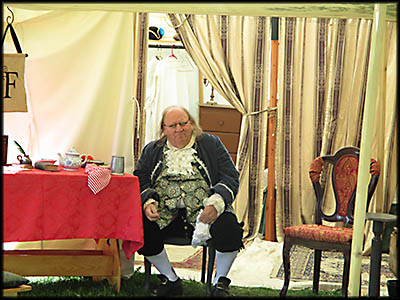
Feisty Benjamin Franklin Reenactor
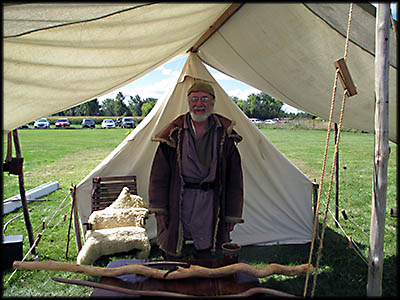
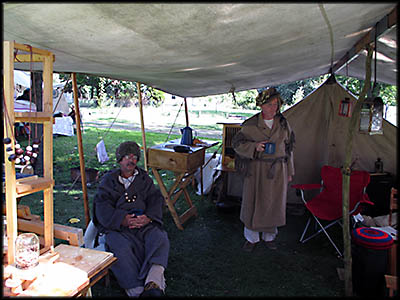
Pioneer Reenactors
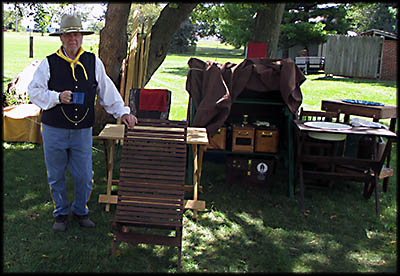
Civil War Reenactor
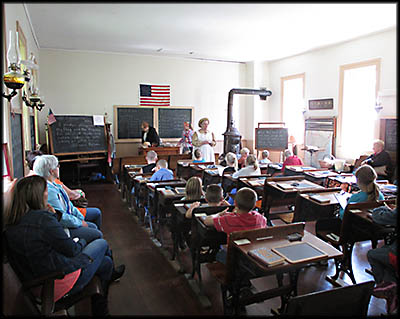
School Room
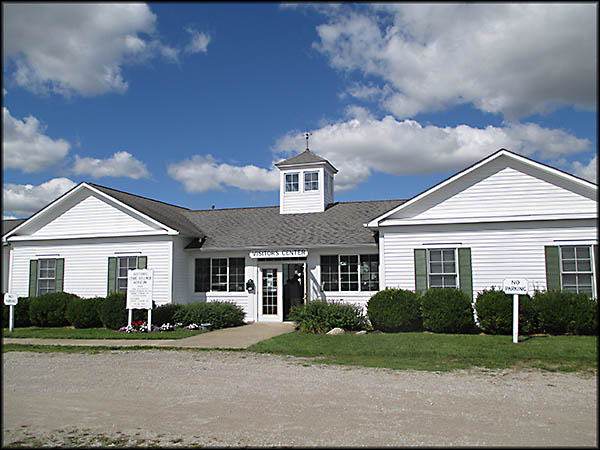
Visitor's Center